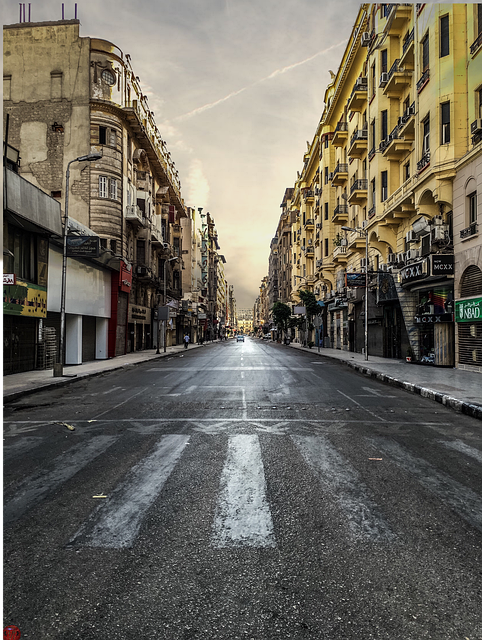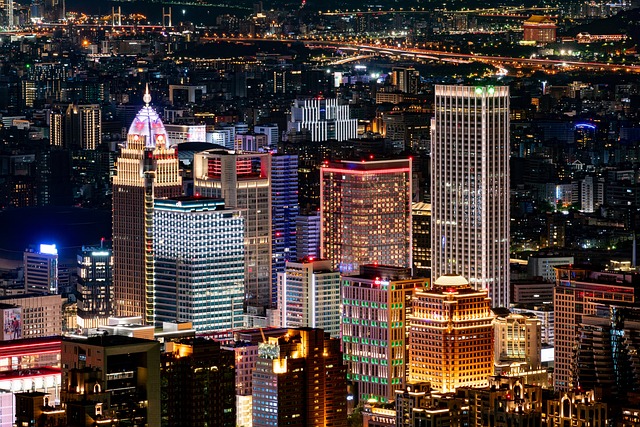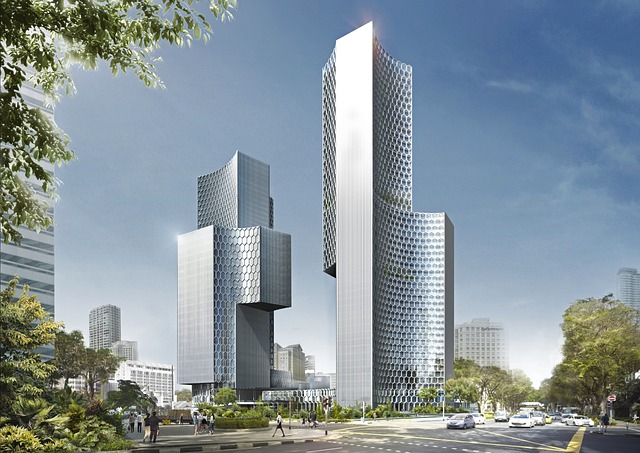Karachi's dynamic landscape is governed by the Karachi Metropolitan Corporation (KMC), which manages diverse neighborhoods through defined administrative boundaries, including commercial districts, residential areas, and historic towns. KMC plays a pivotal role in shaping the city's urban development, implementing initiatives for tailored urban planning, infrastructure, and public services. They aim to enhance public spaces, improve traffic management, address urbanization challenges, and preserve Karachi's rich cultural heritage while ensuring sustainable water and waste management.
Karachi, Pakistan’s economic heartbeat, is governed by the Karachi Metropolitan Corporation (KMC), which plays a pivotal role in shaping the city’s urban landscape. This article delves into the intricate understanding of KMC jurisdiction from a geographic standpoint, exploring its impact and challenges on Karachi’s development. By examining these factors, we gain insights into the complex web of authority and its effects on the vibrant metropolis.
- Understanding KMC Jurisdiction in Karachi: A Geographic Perspective
- The Impact and Challenges of KMC Authority in Urban Development of Karachi
Understanding KMC Jurisdiction in Karachi: A Geographic Perspective
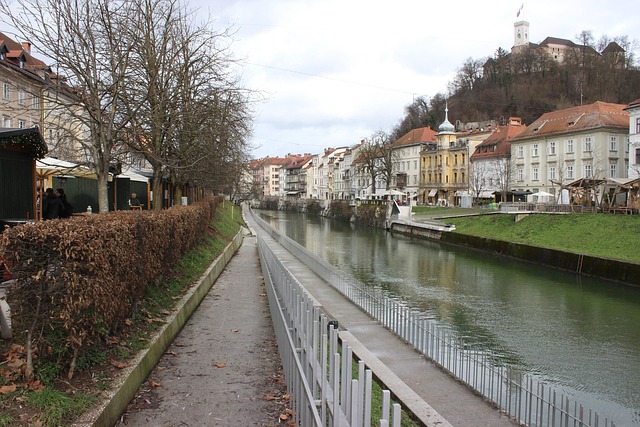
Karachi, as Pakistan’s financial hub and a bustling metropolis, is governed by the Karachi Metropolitan Corporation (KMC). Understanding KMC jurisdiction within this vibrant city is crucial for effective local governance and service delivery. Geographically, KMC’s reach encompasses various neighborhoods, each with unique characteristics contributing to the city’s tapestry.
The jurisdiction of KMC in Karachi is defined by administrative boundaries that cater to the diverse needs of its residents. These areas include bustling commercial hubs, residential suburbs, industrial zones, and historic old towns. This geographic diversity presents both challenges and opportunities for KMC, requiring tailored strategies to manage infrastructure, urban planning, and public services equitably across the city.
The Impact and Challenges of KMC Authority in Urban Development of Karachi
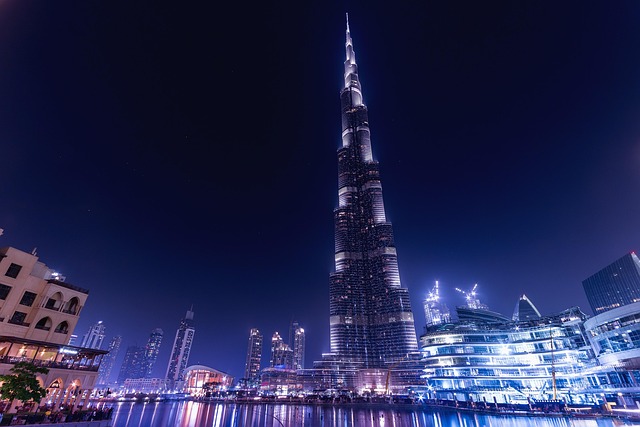
The authority of the Karachi Municipal Corporation (KMC) plays a pivotal role in shaping the urban landscape of Karachi, Pakistan’s economic powerhouse. Its decisions and policies significantly impact the development trajectory of one of the world’s most populous and vibrant cities. KMC’s jurisdiction encompasses a complex web of challenges and opportunities unique to Karachi’s diverse neighborhoods.
One of the primary impacts lies in infrastructure development, where KMC leads initiatives to enhance roads, parks, and public spaces, fostering an improved quality of life for residents. However, navigating the city’s rapid urbanization brings challenges such as managing traffic congestion and ensuring sustainable water and waste management systems. The authority must also address the intricate task of housing and slum development, aiming to provide affordable accommodations while maintaining health and safety standards. Moreover, KMC’s role in urban planning is crucial for preserving Karachi’s cultural heritage amidst modernizing the city’s infrastructure.
The intricate understanding of KMC jurisdiction within Karachi’s geographic landscape is paramount for effective urban development. By recognizing the impact and challenges associated with KMC authority, we can navigate the path towards a more vibrant and sustainable future for this bustling metropolis. Karachi, as a dynamic city, demands innovative solutions that address its unique needs, ensuring balanced growth and improved quality of life for its diverse folk.
